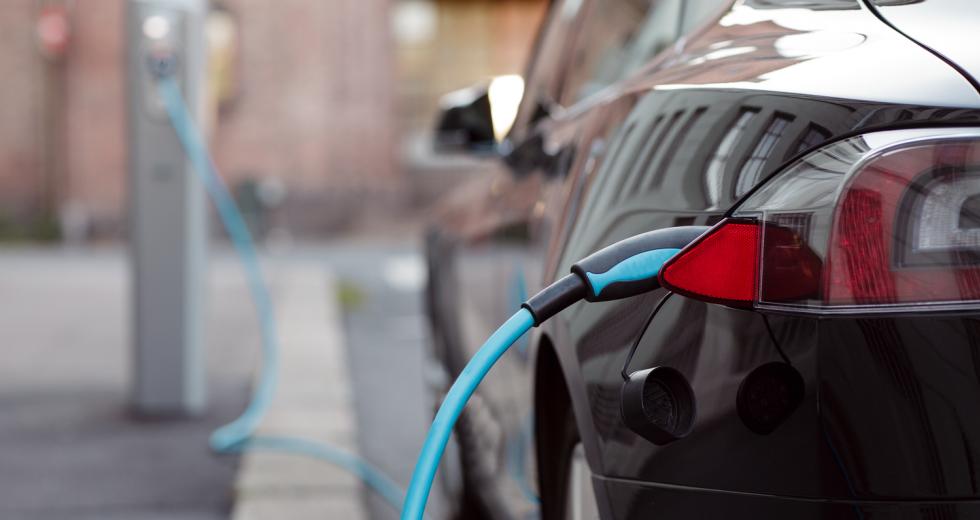Investors who pushed up shares of GM, Ford and Fiat Chrysler on a bet that Donald Trump will gut clean-air rules may have forgotten another player with a big say: California.
The state has more people and cars than any other, giving its regulators an outsized influence on what automakers build. And lest anyone think differently, California has no intention of backing away from clean-air enforcement, even if Trump undermines federal mandates, says Dan Sperling, a member of the state’s powerful Air Resources Board.
“The ARB is definitely committed to cutting greenhouse gas emissions 40 percent below 1990 levels by 2030,’’ Sperling says. “I don’t think the California effort will be much affected.’’
Carmakers have long complained of mandates that force vehicles to have fuel-saving technologies regardless of whether buyers want them. During the campaign, Trump promised to renegotiate the Paris climate accords and called the Environmental Protection Agency a disgrace for writing too many regulations. Auto stocks surged last week after the president-elect named climate change skeptic Myron Ebell to lead his EPA transition team.
Fiat Chrysler Automobiles, whose lineup is filled with light trucks and is the least fuel-efficient, soared the most since October 2014 on Thursday while General Motors gained the most in a year. Tesla Motors, which produces only electric vehicles and is making a big push into solar energy, declined.
California’s Role
California accounts for such a big portion of U.S. auto sales that its rules have long been a de facto national standard, and the ARB is helping design zero-emission vehicle standards in other parts of the world including China and Canada’s Quebec. The state’s influence will continue even if Trump slows the global fight against climate change, Sperling says. He says he’s concerned that “other countries will say, ‘If the U.S. is not committed, why should we invest more money in this?’’’
On Nov. 10, Gov. Jerry Brown, with two years left in his term, tweeted that California will “continue to confront the existential threat of our time — devastating climate change.’’ ARB Chairman Mary Nichols tweeted, “California’s commitment to clean air and climate protection has been strengthened by this election.’’
Smog-plagued California enacted its first air quality standards in 1959 and demanded the right to continue doing so after Richard Nixon created the EPA a decade later. Five years ago, the state agreed to link its targets to national U.S. standards as part of President Barack Obama’s plan to boost average fuel economy to a projected 50.8 miles per gallon by 2025.
Zero-Emission Mandates
Until 2025, neither side can breach this agreement unilaterally. But California for now is barreling toward new rules for the following five years that would keep it on track to lower greenhouse gases by 2030 as Sperling outlined. To do that, some 40 percent of the state’s auto sales would have to be zero-emission vehicles — ZEVs — or gas-electric plug-ins by 2030, up from 3 percent now, according to the ARB staff’s published projections.
The California board, EPA and National Highway Traffic Safety Administration are all involved in a so-called midterm review of Obama’s fuel economy targets for 2022-2025. If California’s directors decide in February to leave the 2022-2025 targets in place and start deliberations about the five-year period through 2030, it would be jumping ahead of the other two agencies and setting a mark for what it believes should happen.
“The midterm is over for us if we take that step,’’ Sperling says.
Seeking Compromise
There’s still a need for cooperation between the state and federal regulators. Before California can extend its ZEV mandates beyond 2025, it will need permission from Trump or his successor — or threaten to sue, a step it’s taken before. In the meantime, the Republican-controlled Congress could amend the Clean Air Act to remove California’s ability to set its own standard, or for other states to adopt similar plans. Congress could slash the EPA budget.
Automakers may be in a position to promote a compromise between Trump and California, since they need rules that let them sell the same cars in all 50 states, says Robert Bienenfeld, assistant vice president for environmental policy at Honda in the U.S.
“Maybe automakers will need to come to the defense of the EPA,’’ Bienenfeld says. “We need an enforcement agency to make sure everyone is playing by the same rules. There are lots of good rules that are broadly supported by the public. The wholesale disbandment of EPA is unthinkable.’’




